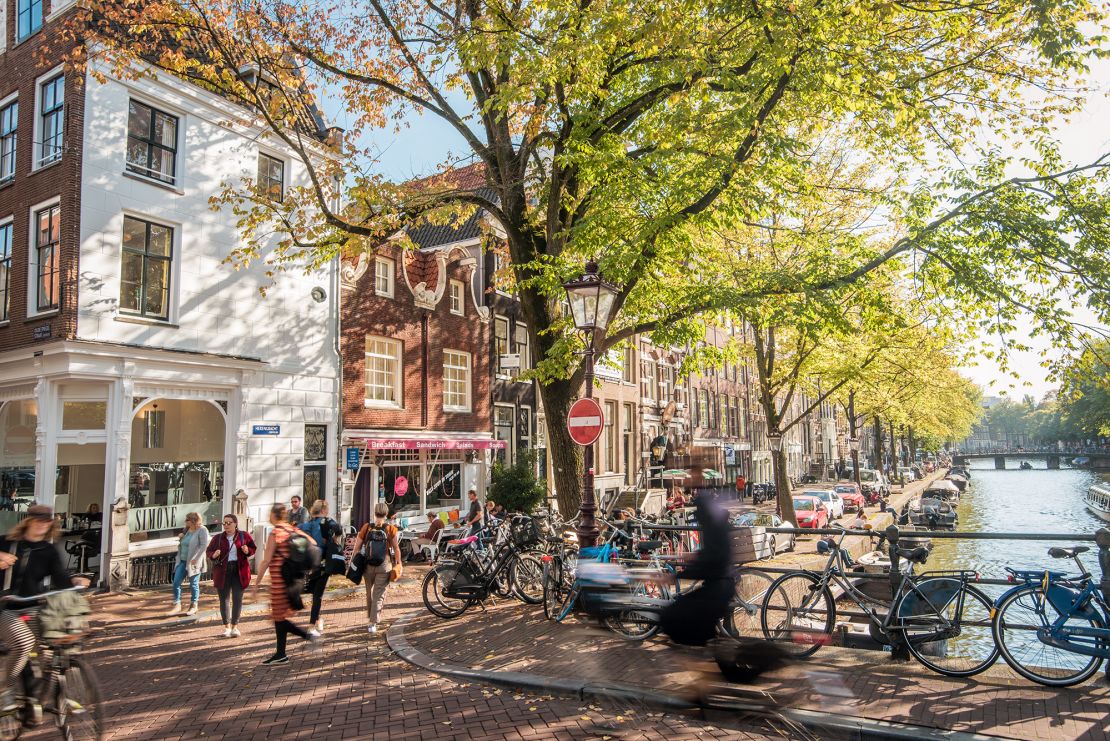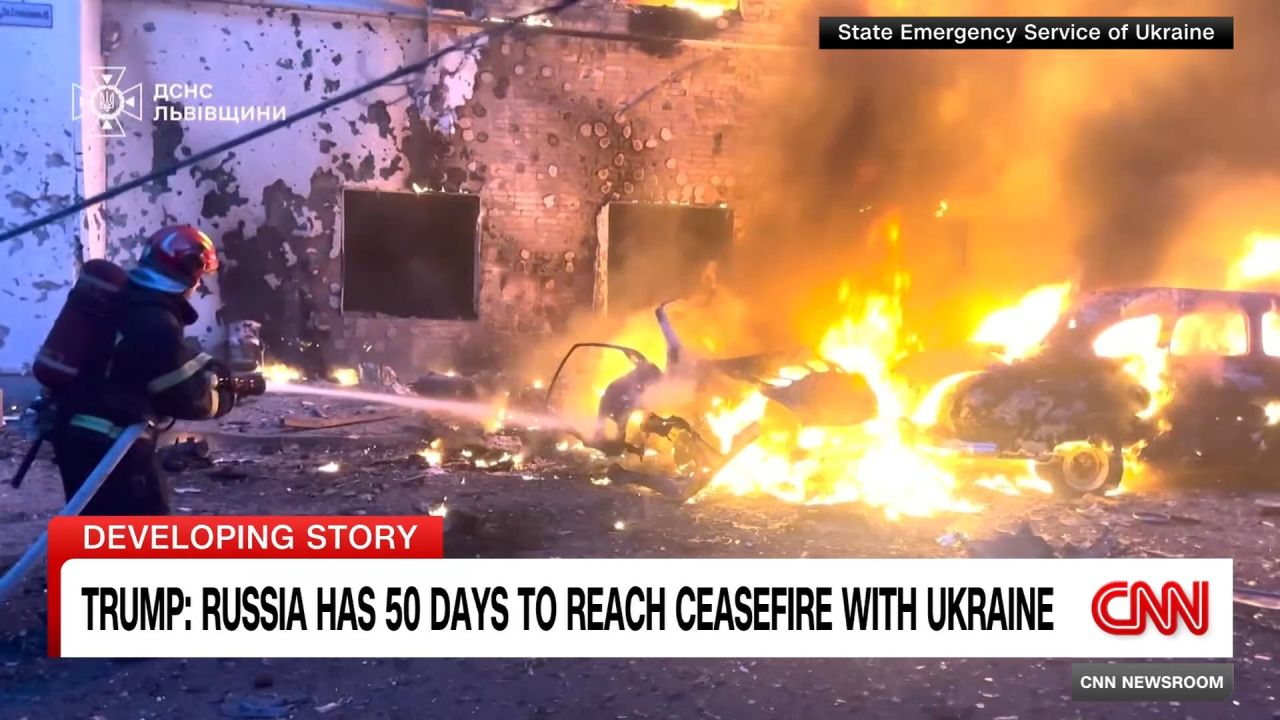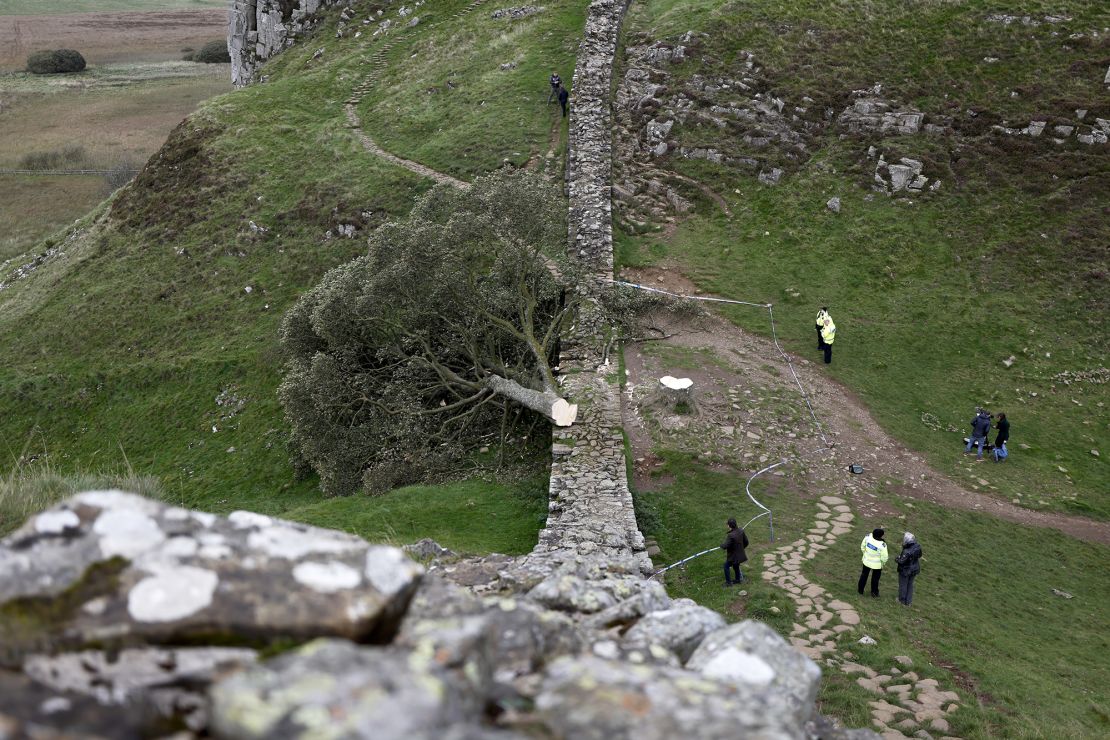CNN
—
The world’s happiest country has managed to keep its No. 1 ranking for eight years running. The picture in the United States isn’t so rosy.
While Finland once again tops the World Happiness Report’s rankings, the United States — at No. 24 — earned its lowest ranking yet in the 2025 report. The 13th edition of the annual report marks the United Nations International Day of Happiness on March 20.
In the United States and parts of Europe, declining happiness and social trust have contributed significantly to the rise of political polarization and votes against “the system,” the report finds.
But in brighter news, global research shows that people are much kinder than we expect.
“People’s fellow citizens are better than they think they are, and to realize that will make you happier, of course, but it’ll also change the way you think about your neighbors,” said John Helliwell, a founding editor of the World Happiness Report.
“And so you’re more inclined to think of a stranger in the street as simply a friend you haven’t met and not somebody who poses a threat to you,” said Helliwell, who is an economics professor emeritus at the University of British Columbia.
There’s “room for improvement,” Helliwell said, in believing that we’re all part of a larger group that looks out for each other. It’s an important source of happiness that we haven’t properly tapped, he said.
The report draws on Gallup World Poll data from people in more than 140 countries. Countries are ranked on happiness based on their average life evaluations over the three preceding years, in this case 2022 to 2024. The report is a partnership of Gallup, the Oxford Wellbeing Research Centre, the UN Sustainable Development Solutions Network and an editorial board.
The survey asks each participant to score their life as a whole and rankings are based on those life evaluations. The report then looks at six key variables to help explain life evaluations: GDP per capita, social support, healthy life expectancy, freedom, generosity and perceptions of corruption.

When it comes to happiness, the Nordic countries are clearly doing a lot of things right. For the eighth year in a row, Finland is the world’s happiest country, with its neighbors clustered close behind.
“Nordic countries like Finland continue to benefit from universally available and high-quality health, education and social support systems. Inequality of wellbeing is also low,” said Ilana Ron-Levey, managing director at Gallup.
Finland, Denmark, Iceland and Sweden – the top four – remain in the same order as 2024. And Norway is again No. 7.
While social support systems that look out for residents’ welfare are important to Finland’s No. 1 ranking, the people play a role too, according to Helliwell.
“Having a welfare state doesn’t find lost wallets and return them to the owners,” said Helliwell, a longtime lost-wallet researcher, referring to data showing that Nordic nations rank among the top places for the expected and actual return of lost wallets. “Those are individuals caring about the people with whom they live.”
Other factors likely contribute to Finland’s strong performance as well. Helliwell said some Finnish experts point to the unity and trust that came out of the Winter War in 1939-40, also known as the Russo-Finnish War.
“They didn’t win that war, but what they did is they came together and realized even against overwhelming power they could do remarkably well … Sometimes the challenge posed externally can bring you together.”
A less materialistic mindset may also work in Finland’s favor, Helliwell said.
“And these days, to focus on the personal rather than the material is of ever-increasing importance.”
Two Latin American countries — Costa Rica at No. 6 and Mexico at No. 10 — both enter the top 10 for the first time in the 2025 report.
Both countries’ residents have “strong social networks and strong perceptions about the direction of their economy and confidence in leaders and institutions,” Ron-Levey said.
The Netherlands (No. 5), Israel (No. 8) and Luxembourg (No. 9) fill out the top 10.
After dropping out of the top 20 for the first time last year, the US ranks No. 24 in the latest World Happiness Report.
“The decline in the U.S. in 2024 was at least partly attributable to Americans younger than age 30 feeling worse about their lives,” said Ron-Levey. “Today’s young people report feeling less supported by friends and family, less free to make life choices and less optimistic about their living standards.”
Last year’s report paid special attention to happiness among different age groups, highlighting declines among the young in numerous countries.

VIDEO: Hear more from one of the report’s editors on the simple tips we can take from the findings



























